My eyes strain through the binoculars as the bird scurries through the mud flat. Before I departed this morning, I had studied the field guide and memorized the field marks. It all seemed so clear. According to eBird, the only sandpiper present at this site for the past week was a single Baird’s sandpiper.
And now, out in the real world, I find my confidence slipping. Before me are three sandpipers rapidly moving through the mud. They look…brown and white. Like a lot of other shorebirds. How can I make a positive ID?
I pause, then decide to be a bit more systematic. Black legs? Yes! Oh wait, maybe they are just covered in mud, as the field guide warned.
I look back in the book. “Similar to white-rumped but with steeper forehead and straighter, fine-tipped bill.” This raises more questions than answers.
I press on. “Relatively plain face with dark lores invaded by pale supraloral spot.”
What does that even mean?
Back to staring at sandpipers.

I love wetland habitats. I love sitting in duck blinds and visiting national wildlife refuges. I love muskrats plucking reeds and the songs of red-winged blackbirds filling the spring air. During migration, the huge flights of waterfowl circling overhead can make me forget everything and enjoy the moment.
Ducks, geese, grebes and herons are my favorite birds. I know them well. But recently, I realized I was ignoring other wetland birds, namely the ones poking around the mud flats on the edge of the water. Shorebirds. Aside from a few charismatic species, I had not spent much time learning them.
This spring, I resolved to start my shorebird education. And I had the “perfect” spot to do so.

On the Outskirts of Town
I live in Boise, Idaho, an arid landscape that receives 10 or so inches of rain a year. Driving through on the interstate, your initial assessment would be that this area does not offer great shorebird habitat, and you would be correct.
Boise also happens to sit at the base of the Rockies. So migrating birds pass here before the long flight over the sagebrush steppe. That makes a pit stop important. Many conservationists liken this to water/fuel stops along marathon routes. You would not want to count on a water station and then find out they moved it five miles farther along the path. For birds, this is even more extreme.
So any wetland habitat, even a small one, attracts migratory birds in Boise.
In my shorebird quest, I found one just a few miles from home that had a long list of appealing species. Even better, the shorebirds showed up in scattered numbers. This meant I would not be making identifications with hundreds or thousands of birds to choose from. I could hone in on a few birds per outing and try to learn the species.
One catch: the birding location was a series of sewage lagoons.
I had recently been gull watching at the landfill, so I figured I’d continue my nature adventures at less-than-pristine locations.
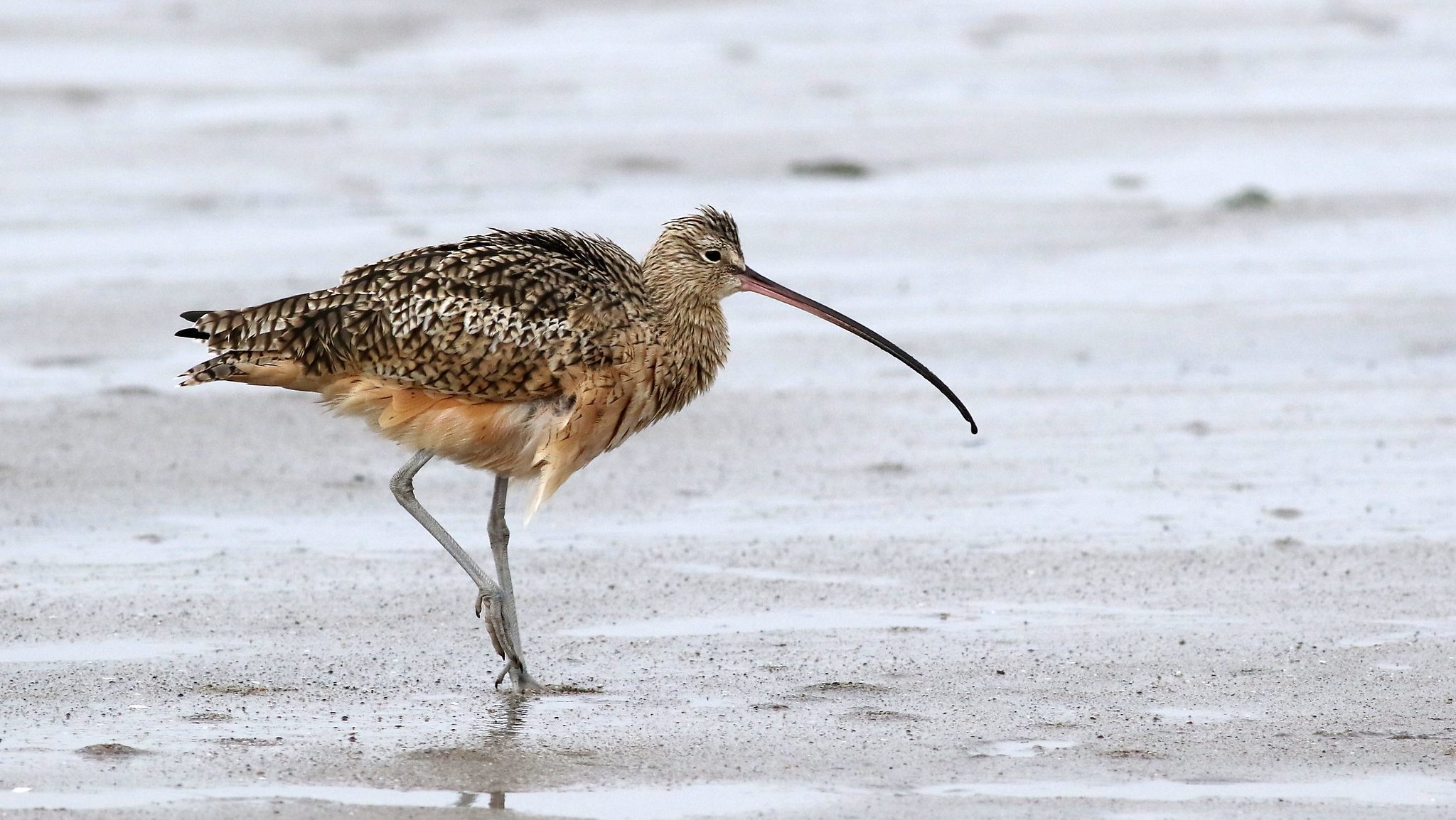
On a sunny April morning, I headed out on my first shorebird spotting venture. The directions took me through the kind of random development that so often forms the outskirts of U.S. small cities. I passed a half-empty outlet mall, various storage facilities and vague industrial parks with companies bearing names like Applied Business Solutions LLC.
The lack of zoning can be depressing. But scattered amongst the random development, if you look, are little patches of wild. They’re weedy and scruffy. They’re not enough habitat for a mountain lion or mule deer, but they’re birdy.
And so I pulled off adjacent to a patch of sagebrush. The lagoons were a short walk away. Immediately, I heard the call of Western meadowlarks. Say’s phoebes flitted from bush to bush. As I approached the water, the place got even more birdy.
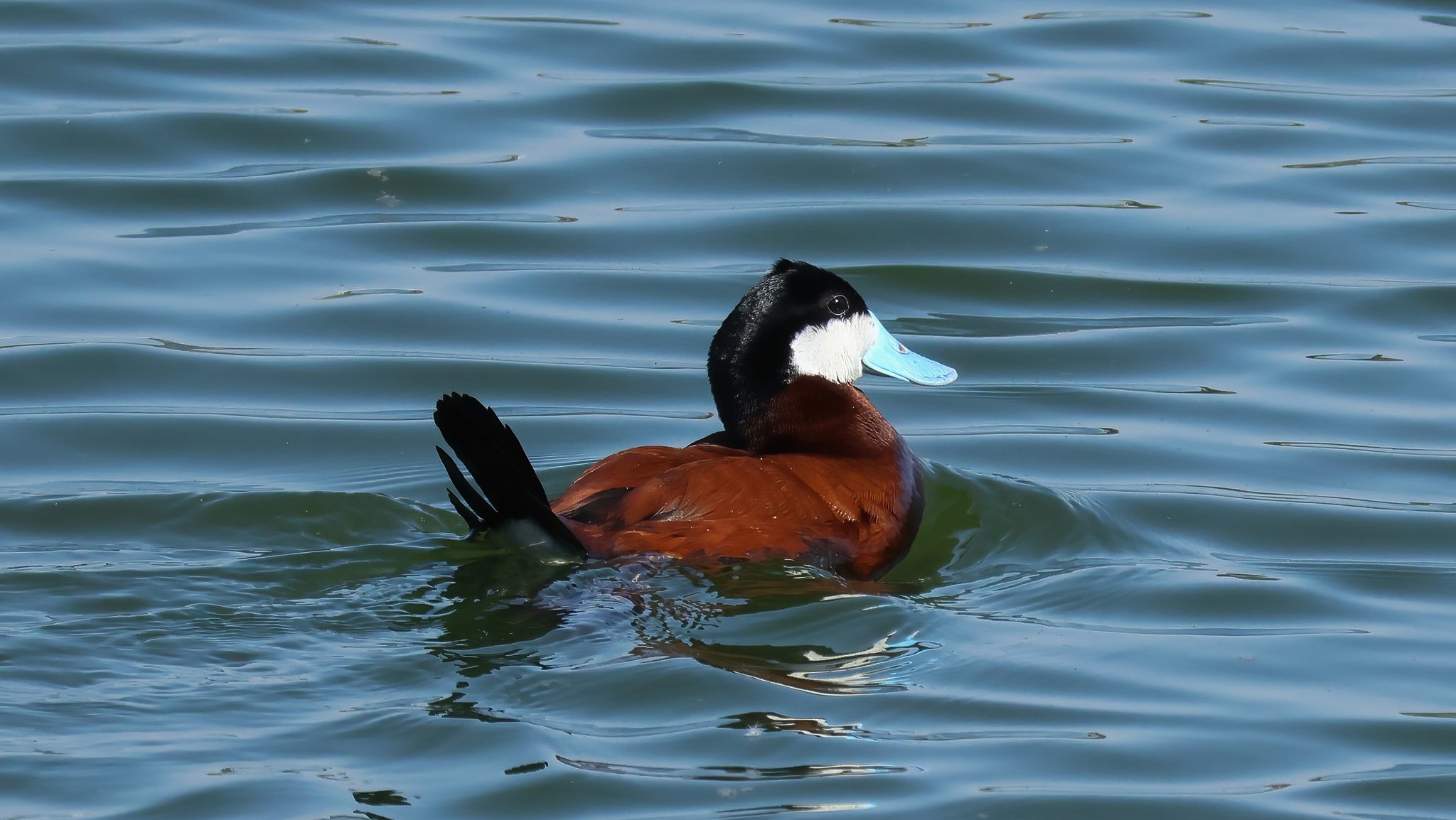
The lagoons consist of two deeper ponds and a shallow one that resembles a mud flat. In the deeper waters I saw the ducks I expected: gadwalls, northern shovelers, buffleheads and plenty of mallards. But I quickly also noticed a large flock of ruddy ducks, a species I don’t often see in Boise. The males, with their white face patch and erect tails, were striking.
As I scanned, I picked up other interesting species. Eared grebes. Yellow-headed blackbirds. Two distinctive shorebirds I knew and loved, the American avocet and black-necked stilt.
The calls of water birds and the whistle of wings filled the air. Block out the odor and nearby industrial activity, and I could almost imagine I was in a pristine location.
Almost.
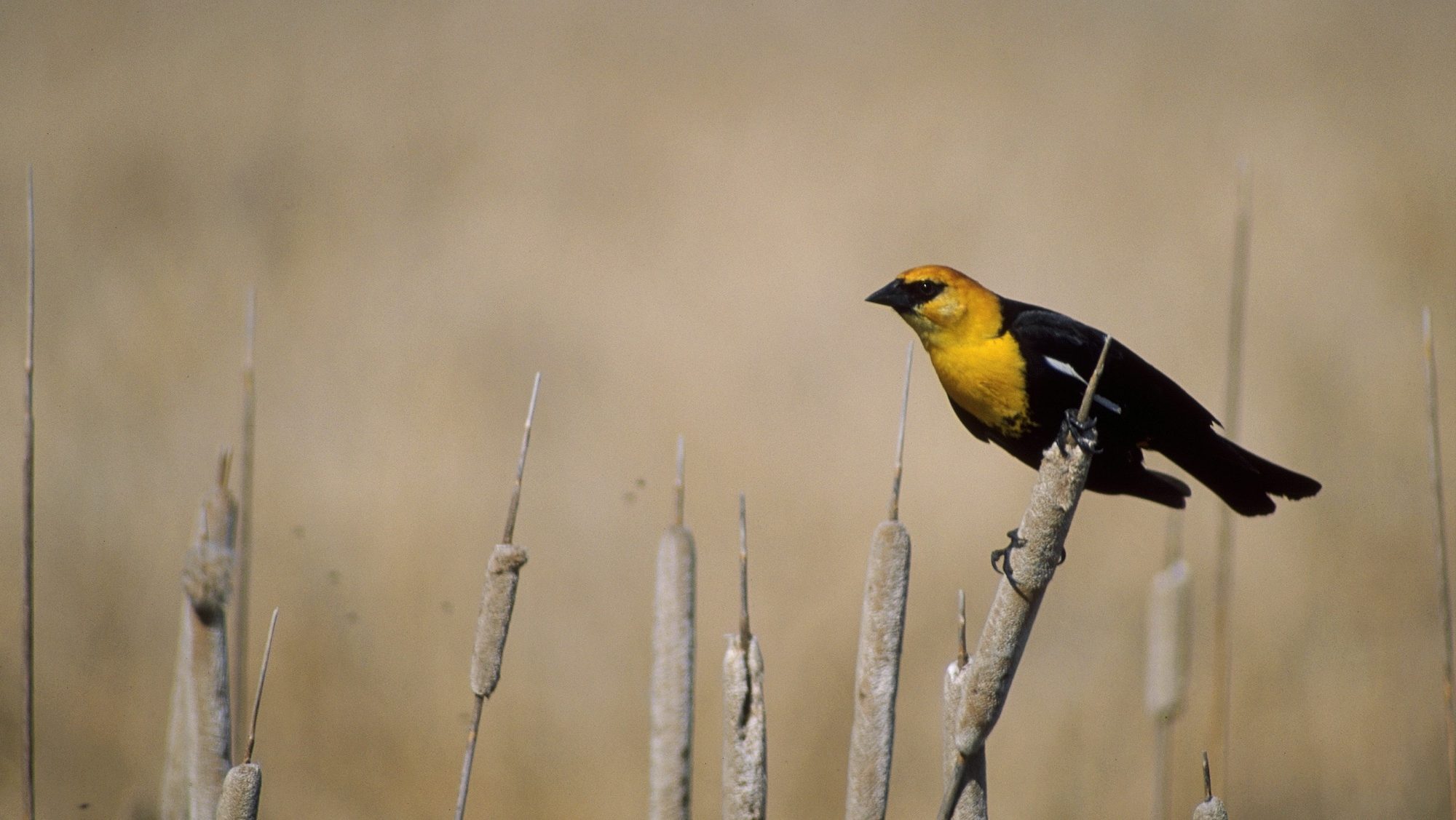
The Thrills of Shorebird Identification
It was time to find the sandpiper. I scanned the mud flats and quickly saw a smaller bird darting along the edge. Excited I focused on it. Killdeer. A nice bird to observe, but not the sandpiper I was seeking.
Then I saw the three sandpipers. And here the intricacies of shorebird ID became apparent. There are about 50 shorebird species regularly seen in North America. This is not an overwhelming number. But they often fly and forage in mixed flocks. Many are brown and white. That brown and white comes in a bewildering array of speckling, striping and spotting. The individual species also vary in plumage by season and age. And there’s individual variation.
This all adds up to a birding nightmare.
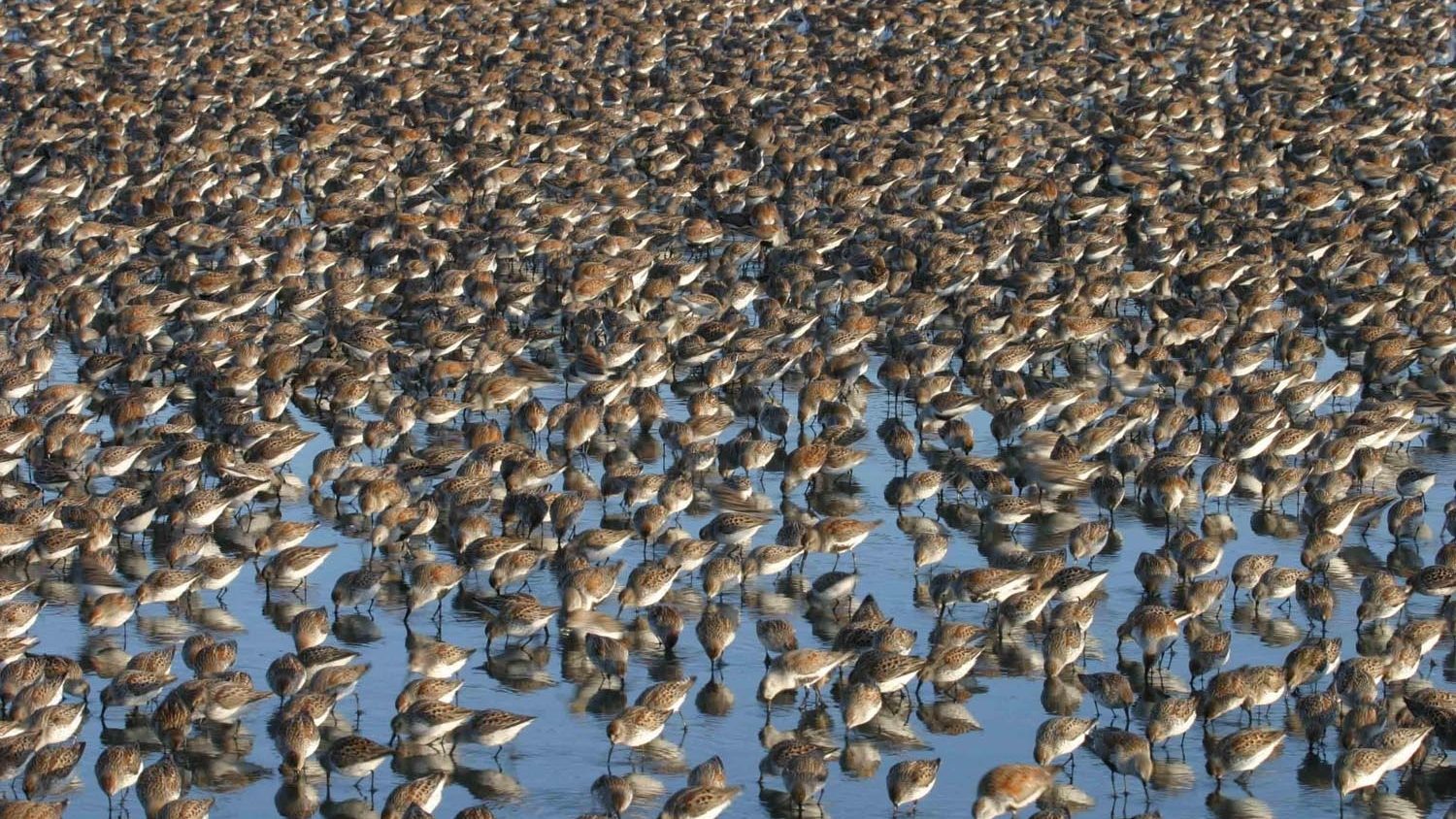
I bought a copy of The Shorebird Guide by Michael O’Brien, Richard Crossley and Kevin Karlson. This book promised to simplify shorebird ID through a “holistic” approach.
I love paging through field guides, the diversity of species leaping off the page. As I opened this one for the first time, though, I felt disoriented. These birds all look the same. It was page after page of brown-and-white birds standing on sand and mud.
The book includes quizzes and photos of multiple species standing together. If you have an analytical mind, this book is a treasure trove. I do not have an analytical mind. The first several times I tried to work through the book, I put it down in frustration.
I’ve been watching wildlife long enough to know how to narrow a search. I put aside the panic and started to consider the possibilities. The number of sandpiper species I could realistically see in this location was not long. I started working through the book, species by species.
The three birds in front of me were tiny. This proved a bigger clue than I thought. Least sandpiper. Every field mark matched. Many birders call them “peeps” and I could see why. A black-necked stilt kept harassing the little sandpipers away from the flat, but they’d fly back. I could enjoy the show.
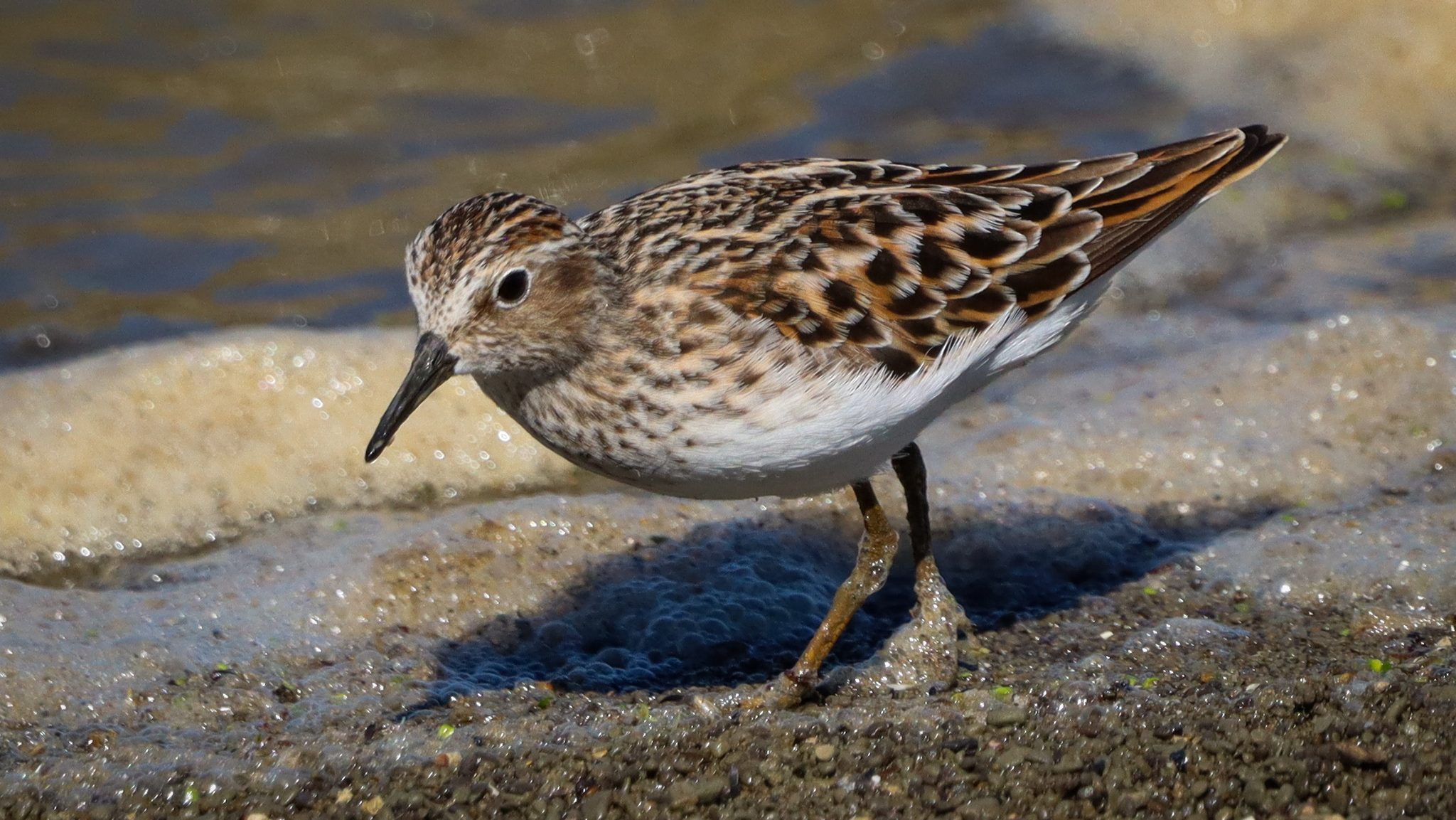
I returned a couple days later. This time an individual sandpiper was present. I knew birders were reporting a Baird’s sandpiper. Was this it?
Black legs? Check. And yes, they were black, not just muddy. Wing that extends past the tail? Yes. Straight black bill? Yes. Buffy plumage and dark spots on back? Also yes.
I asked myself another question. Would I have been able to arrive at this ID without multiple eBird reports giving detailed notes?
I could only answer “no.” I likely would not have identified this bird as a Baird’s sandpiper. I’m learning. I’m not really out to prove anything with my birding. I just want to know and enjoy cool wildlife.
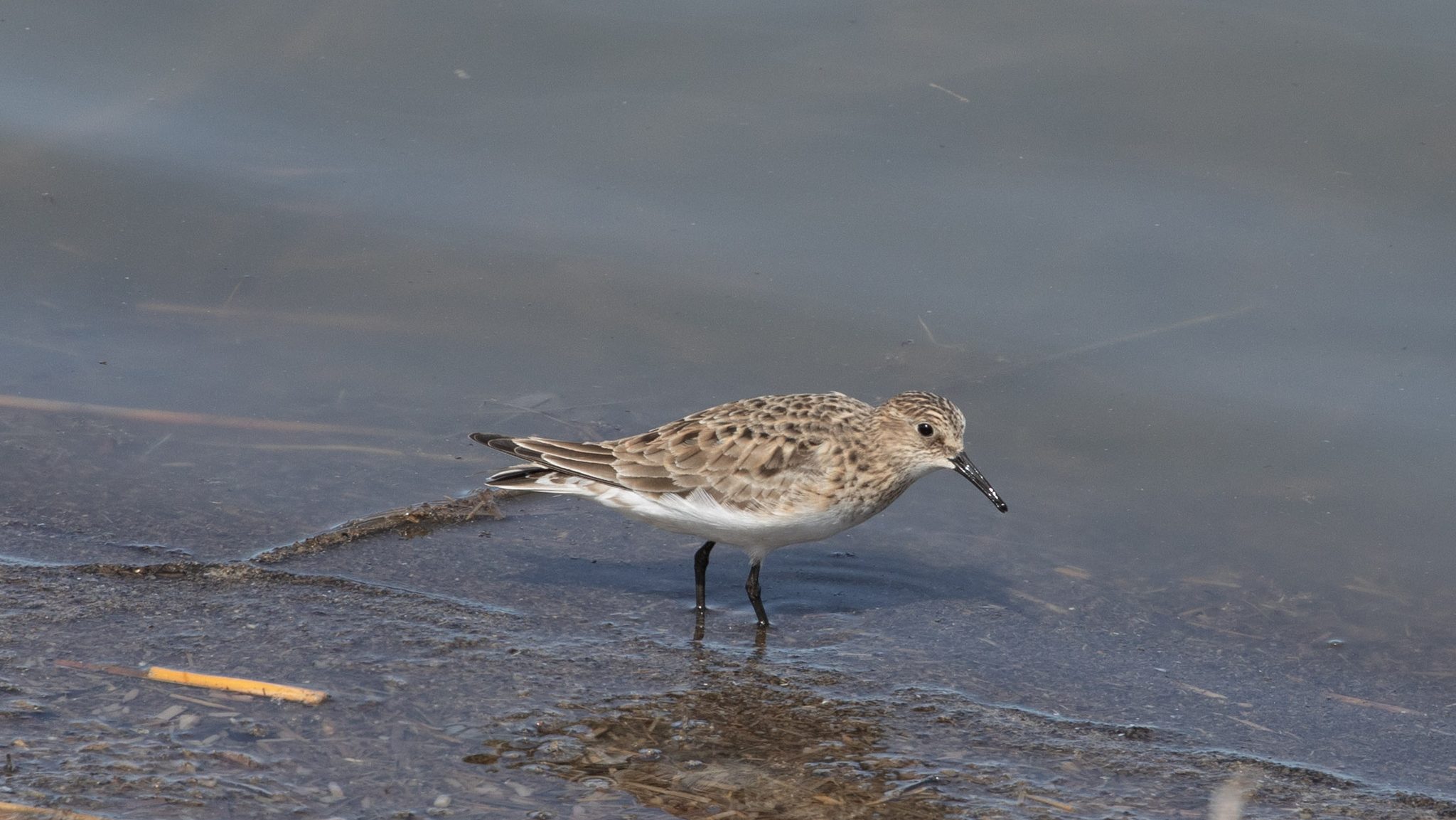
I kept returning, making quick trips when I could fit in amongst work and family obligations. One morning I saw a flock of large-billed dowitchers. These were larger shorebirds, with the characteristic stout bill. Beautiful birds I would not have seen had I not undertaken these sewage lagoon outings.
This week, I went out on a windy day. A report of Wilson’s phalaropes had me interested. I encountered avid birder Kent Klemen, who coincidentally had also been on the landfill birding trip. Another birder who haunts the less-than-pristine spaces. Kent had not seen phalaropes or any shorebirds aside from black-necked stilts.
I headed to the mud flat anyway. In the high wind, there was not much activity. I turned to head back to the car and saw some interesting shapes bobbing around one of the deeper ponds. Like little shorebird buoys. I pulled up the binoculars and, based on my study of The Shorebird Guide, immediately recognized them as Wilson’s phalarope.
I noticed Kent was waving excitedly. He had seen them too. I walked over and we enjoyed watching them through his spotting scope. He shared that phalaropes he often saw phalaropes swimming around in water, not poking in the flats.
Slowly, slowly, I could see I could learn these shorebirds. And have a lot of fun doing so.
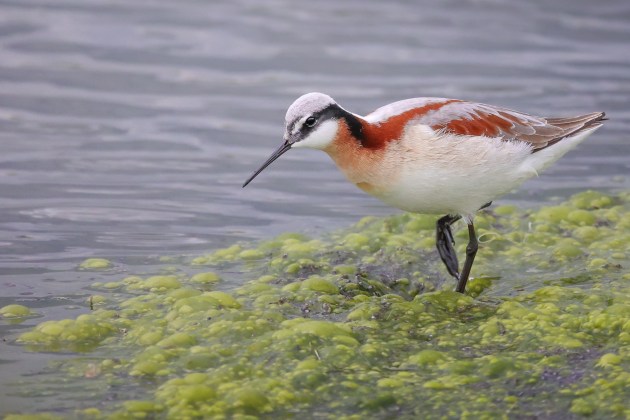
Sasquatch and Sandpipers
As I began my sewage lagoon outings, I also started John O’Connor’s A Secret History of Bigfoot. It’s about the growing subculture of “Bigfooters,” those who scour the woods for giant hairy apes, knocking on trees, pouring plaster into animal tracks and deploying drones in the process.
Among many motivations, O’Connor finds that most Bigfoot hunters are driven by a love of the outdoors and a sense of adventure. And they want mystery. They don’t want to be in a woods where everything is known.
On one level, I get the impulse. I’ve spent a lot of my life searching near and far for various creatures. But you don’t have to make up mythical creatures and spend your time in a form of monster cosplay to touch mystery.
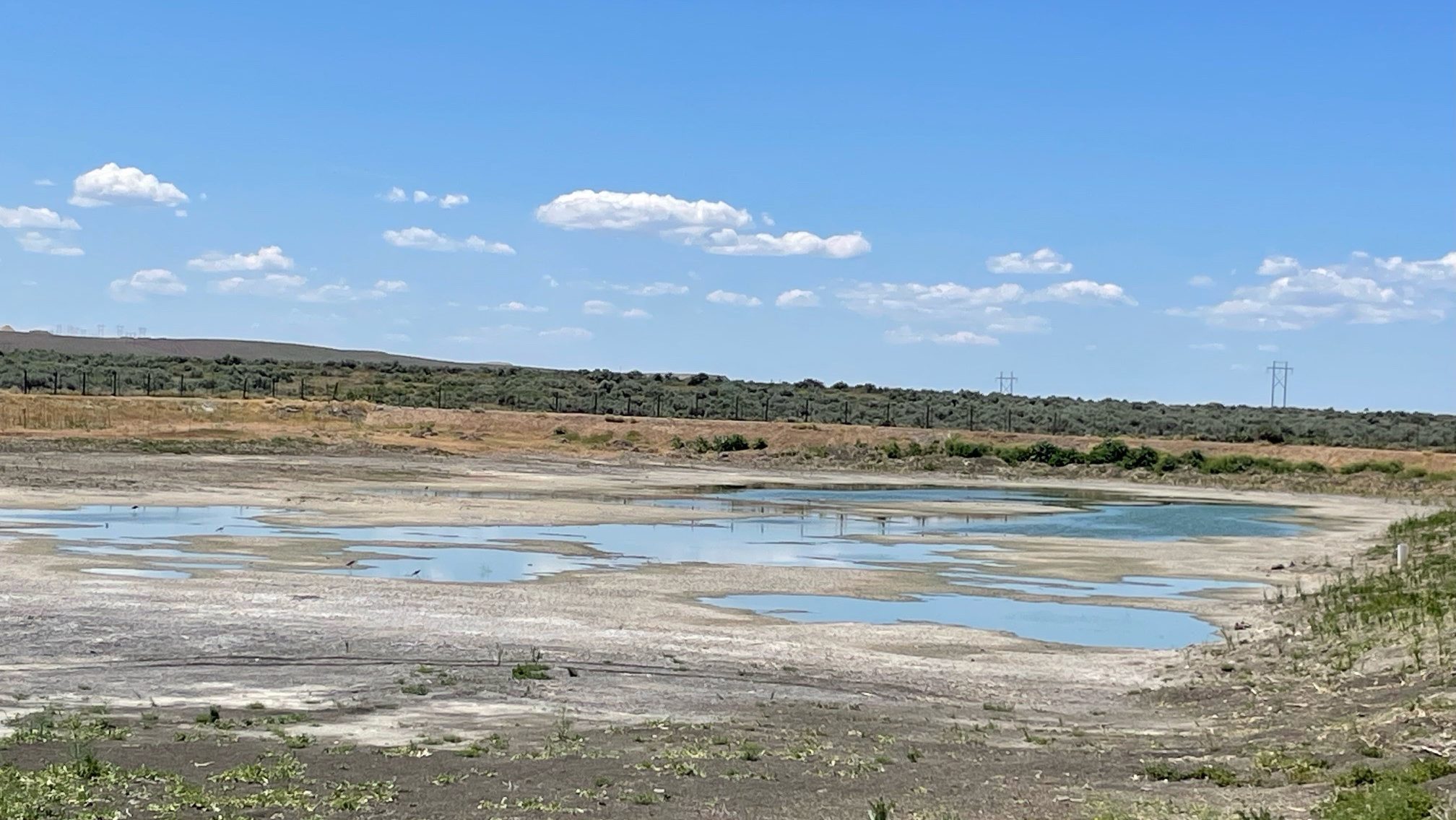
It’s available near you: in a city park, a patch of scrub, a vacant lot. A sewage lagoon.
Shorebird spotting instantly opened up a new world to me. Just outside of town, in an otherwise uninspiring location, are all these cool birds poking through the mud. With a little patience and some help from experts, you can start to figure them out.
But there are still shorebirds that will confound you, frustrate you and strain your eyes. But as you figure them out, you’ll get to know their lives a bit better. I don’t need a Sasquatch to feel mystery. Give me sandpipers.




Great article. Cool that you’re joining the shore bird challenge. I have not made it out to Blue Lakes this year. I spent more time at Blacks Creek Bird Reserve last year and so far this year.
By the way you have a spell check oopsie … they are Long-billed Dowitchers not Large-billed 🙂
Thank you for seeing the mystery.
Love this. I regularly visit a Water Treatment Plant in Victoria, Australia, and yes, the same challenges. And the joy of discovering a ‘new’ bird many times. Great article. Thank you.
The Western Treatment Plant in Victoria, Australia, is a renowned bird watching hot spot.
https://www.melbournewater.com.au/services/licences-and-permits/birdwatching-access
Love this essay . I can relate. I have spent many hours at sewage treatment ponds.
I’ve never thought of bird watching at sewage ponds: great idea👍